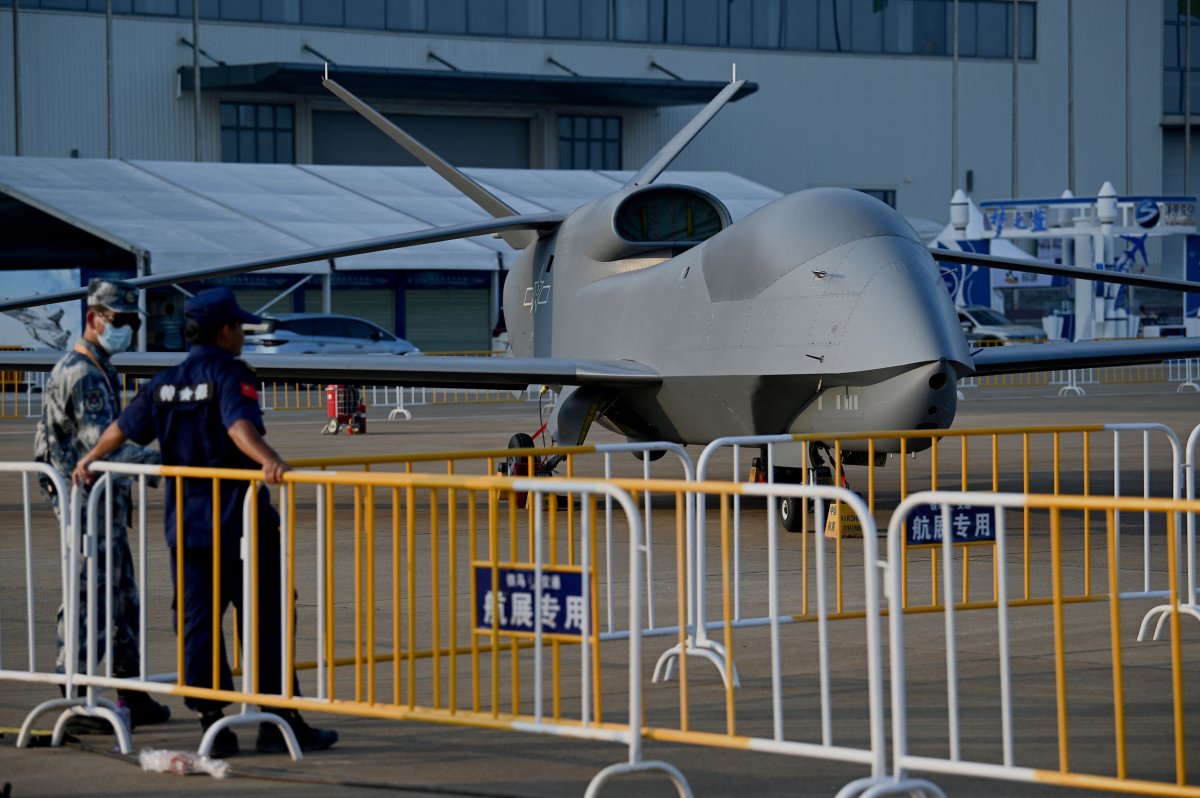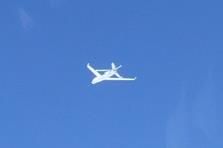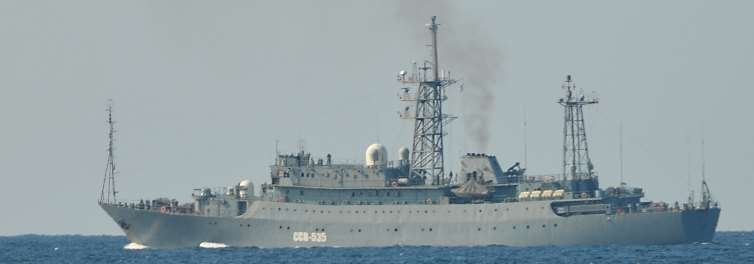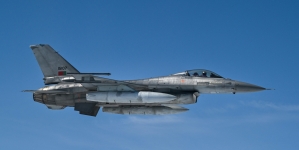-
US Ally Scrambles Jets To Intercept Chinese Spy Drone - March 27, 2024
-
A portion of Mulholland Drive, damaged by mudslides in winter storms, reopens - May 26, 2024
-
‘Maybe You Don’t Want to Win’ - May 26, 2024
-
Donald Trump Putting Law Enforcement in Danger: Attorney - May 26, 2024
-
Avoid the waters of these 5 L.A. County beaches this holiday weekend, public health officials say - May 26, 2024
-
Bawdy Comedy ‘Anora’ Wins Palme d’Or at Cannes Film Festival - May 26, 2024
-
Map Shows Heat Wave Zone Spread Into Five New States - May 26, 2024
-
Azusa police arrest suspected slingshot-wielding vandal - May 25, 2024
-
Donald Trump Hammers Judge Ahead of Jury Instructions - May 25, 2024
-
Sometimes U.S. and U.K. Politics Seem in Lock Step. Not This Year. - May 25, 2024
US Ally Scrambles Jets To Intercept Chinese Spy Drone
The Japanese Defense Ministry said it scrambled fighter jets on Tuesday to intercept a Chinese unmanned aerial vehicle in the Sea of Japan, in what was the first known operation in the area by China’s long-range spy drone.
A Newsweek map, recreated using data released by the Joint Staff of Japan’s Self-Defense Forces, shows the flight path of the WZ-7 reconnaissance UAV, which Tokyo said was detected in the waters on the morning of March 26.
The Chinese military drone entered the Sea of Japan—known in both Koreas as the East Sea—via the continental area and later returned in a northwesterly direction following a circular patrol, the report said, suggesting the sortie most likely overflew the territory of North Korea or Russia, which both border the sea.
Japan said it scrambled unspecified fighter aircraft to monitor the UAV, which did not violate Japanese airspace. Air Self-Defense Force jets were also dispatched to head off other possible airspace violations in the East China Sea, the Pacific Ocean and the Sea of Okhotsk, the Joint Staff said.
The Japanese Defense Ministry said it would “continue to pay close attention to military movements and maintain the utmost vigilance,” according to the Kyodo news agency.
China’s Defense Ministry did not immediately respond to multiple written request for comment.

NOEL CELIS/AFP via Getty Images
Little is know about the WZ-7 Soaring Dragon, which is built by the state-owned drone maker Guizhou Aircraft Industry Corp. and first unveiled in 2021 at the Zhuhai air show in southern China, where it was also displayed the following year.
The UAV’s silhouette is identifiable by its unique joined-wing design—visible in the photo captured by Japan’s pilots.

Japan Joint Staff
Analysts describe the WZ-7 as China’s answer to the U.S. Air Force’s RQ-4 Global Hawk, a high-altitude, long-endurance reconnaissance drone built by Northrop Grumman. However, the extent of the Chinese aircraft’s capabilities remain unclear.
“The primary mission is expected to be aerial reconnaissance, but it may also be fitted to provide targeting data for anti-ship ballistic missiles and cruise missiles,” the U.S. Army’s ODIN military database says.
Available research states both the Chinese air force and navy operate a handful of the turbojet-powered UAV, which has been seen at China’s disputed Himalayan border with India as well as in Taiwan’s air defense zone.
A 2018 report by the investigative outfit Bellingcat said China had stationed WZ-7 drones at the Yishuntun air base in northeastern Jilin province, on the border with North Korea.
In January 2023, Japanese radars detected a WZ-7 flying a sortie from the East China Sea into the Western Pacific via the strategic Miyako Strait, the drone’s first publicly reported foray beyond the so-called first island chain.

Japan Joint Staff
Separately on Tuesday, the Joint Staff in Tokyo said its forces tracked Russia’s Project 864, or Vishnya-class, intelligence collection ship the Kareliya as it sailed along the west coast of Japan’s main island of Honshu.
Japan’s Maritime Self-Defense Force sent the missile boat Hayabusa, the lead ship in its class, and a P-3C Orion patrol aircraft to shadow the Russian navy ship, the report said.
The Kareliya is in service with Russia’s Pacific Fleet, headquartered in the Peter the Great Gulf in the Sea of Japan. The same vessel was monitored by the U.S. Coast Guard after appearing off the Hawaiian islands early last year.
There was no indication that the Chinese and Russian operations were linked.
Russia’s Defense Ministry did not answer calls seeking comment.
Uncommon Knowledge
Newsweek is committed to challenging conventional wisdom and finding connections in the search for common ground.
Newsweek is committed to challenging conventional wisdom and finding connections in the search for common ground.
Source link































